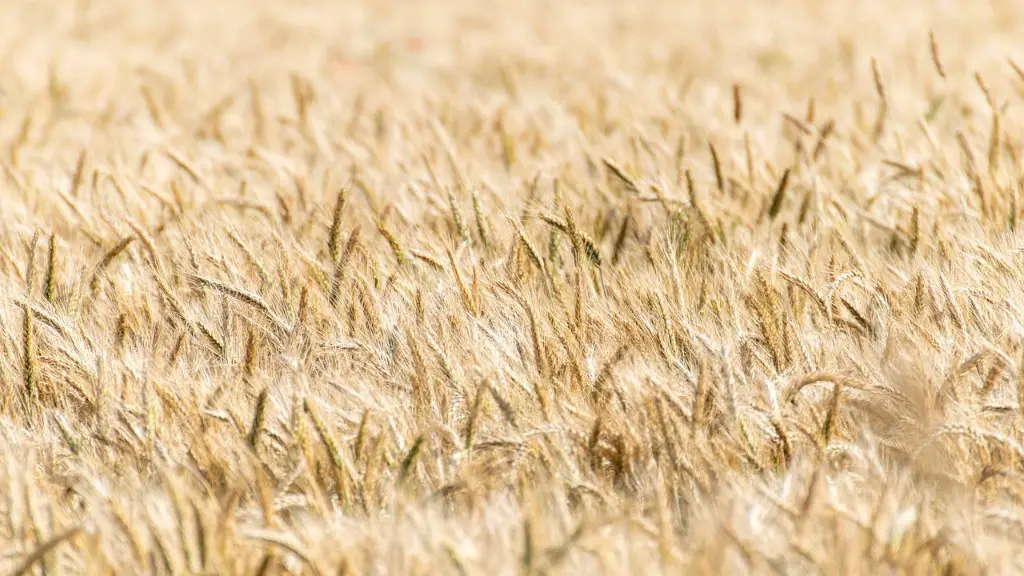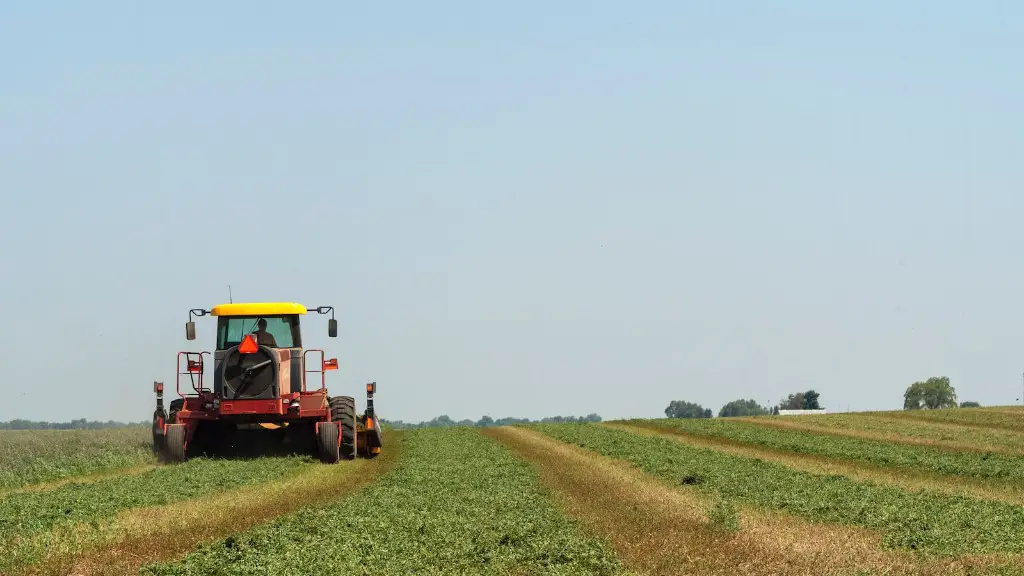Flooding is a common occurrence in agricultural systems, and can have devastating consequences on crop production, soil health, and animal welfare. Flooding often occurs when there is an inadequate drainage system or low lying land, resulting in pockets of water that can persist for weeks or even months. In order to mitigate the risk of flooding, farmers must understand the causes, the impact, and strategies for prevention and management.
What Causes Flooding in Agriculture?
Flooding can be caused by a variety of factors, including changes in precipitation, soil erosion, and urban development. Heavier rainfall during certain times of year can either reduce the soil’s ability to absorb water or cause rivers and streams to swell, resulting in a rise in water levels that often surpasses the capacity of the ground or existing drainage systems. Additionally, increased urbanization can lead to bigger drains and higher water levels, resulting in greater flooding activity.
What Are The Impact Of Flooding On Agriculture?
The impacts of flooding on agriculture are wide ranging, and can vary depending on the type of crops being grown, the amount of flooding, and the timing of the flooding. Short-term impacts can include crop losses due to time lost in planting, weed infestation and sludge deposits, as well as disruption of the fertilizer and pesticide treatments. Long-term impacts can include soil erosion, decreased water quality, and reduced crop yield.
Strategies For Flood Prevention.
There are several different strategies that farmers can implement to reduce the risk of flooding in their specified area. These include water runoff control methods, such as using vegetative buffers, or establishing a rainwater harvesting system which can help retain and reuse runoff water. Additionally, farmers can switch to cultivars that are tolerant to flooding, or invest in better irrigation and drainage systems.
Strategies For Flood Mitigation.
Once flooding has occurred, farmers should take steps to mitigate the damage and reduce long term impacts. This can include removing excess water as quickly as possible, and providing adequate drainage where possible. Soil should be renewed with organic matter to help restore fertility and structure, and crop management practices should be adjusted as needed.
Strategies for Long-Term Flood Management.
In addition to immediate response strategies, farmers should also plan for long-term strategies for preventing and managing flooding in the future. This can include examining current record keeping to identify indicators of potential flooding areas, and planning for increased water conservation techniques such as planting cover crops or increasing crop rotations. Additionally, crop management practices should be tailored to the specific needs of the land, such as selecting cultivars that require less water or using water erosion controls.
Conclusion
Flooding is a highly unpredictable, yet common occurrence in agricultural systems. With the right strategies, farmers can reduce the risk of flooding, minimize damage and increase crop production. To ensure the long term health of their land and crops, it is important for farmers to be proactive in implementing prevention and management strategies to ensure success.

